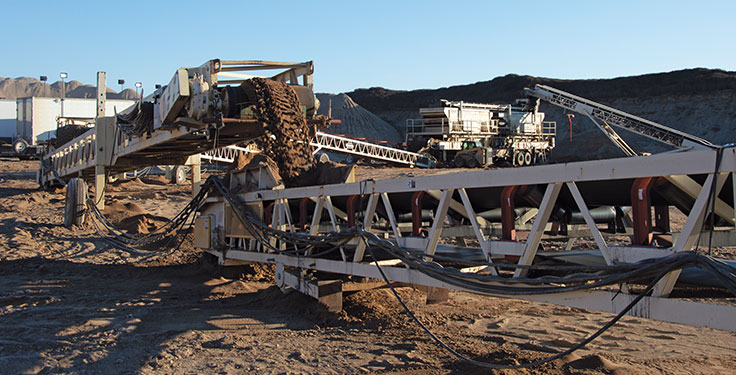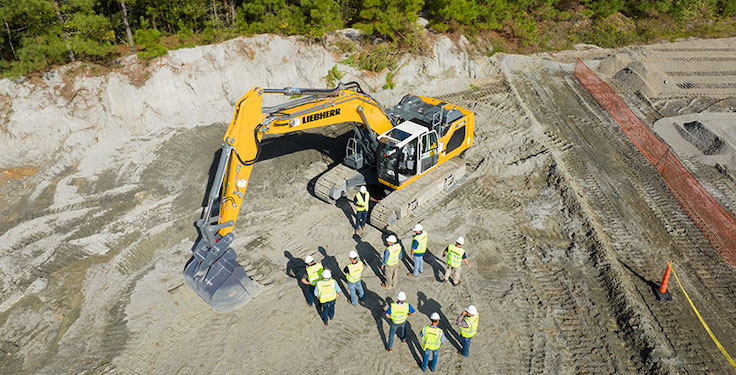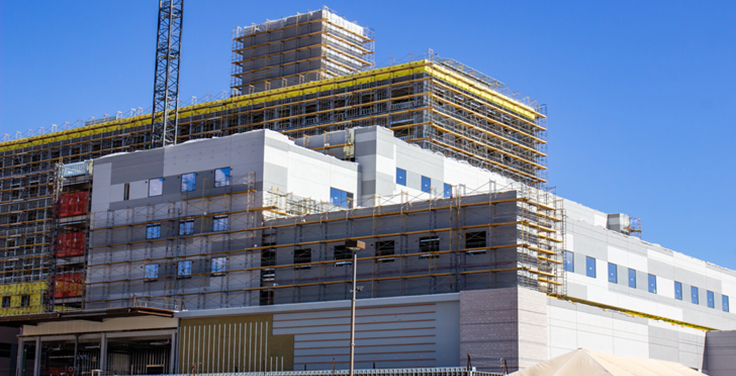
The construction industry added 11,000 jobs in September, according to an Associated Builders & Contractors (ABC) analysis of U.S. Bureau of Labor Statistics data.
On a year-over-year basis, industry employment has increased by 217,000 jobs – an uptick of 2.8 percent.
Nonresidential construction employment decreased by 1,300 positions, with losses in two of three subcategories. Nonresidential specialty trade lost 3,300 positions, while nonresidential building lost 200 jobs. Heavy and civil engineering added 2,200 jobs.
The construction unemployment rate decreased slightly to 3.8 percent, while unemployment across all industries remained unchanged at 3.8 percent in September.
“Despite declining last month, America’s nonresidential construction segment has still added jobs at a faster rate than the broader economy over the past year,” says Anirban Basu, ABC’s chief economist. “While a meaningful share of that hiring relates to infrastructure and large-scale manufacturing projects, several other subsegments, such as data centers and health care, enter the fourth quarter with momentum.”
Basu believes hiring would likely have been faster, were it not for ongoing skills and labor shortages.
“America desperately needs more people to enter the skilled trades as it seeks to rebuild its supply chains and improve its built environment,” he says. “Despite efforts by the Federal Reserve to soften economic growth, a majority of contractors expect their sales and staffing to expand over the next six months, according to ABC’s Construction Confidence Index. That suggests that the construction labor market is poised to tighten further during the months ahead despite ongoing Federal Reserve efforts to curb inflation, including by further slowing the pace of hiring.”
Construction Backlog Indicator, Confidence Index

ABC also reports that its Construction Backlog Indicator declined to nine months in September. The reading is equivalent to one year ago.
Alhough it declined in September, the South continues to have the lengthiest backlog, which has been the case since October 2021, according to ABC. Over the past year, only the West has experienced an increasing backlog.
ABC’s Construction Confidence Index reading for sales and staffing levels edged higher in September. The profit margins reading fell slightly. All three readings remain above the threshold of 50, indicating expectations for growth over the next six months.
“Construction continues to defy the downward gravitational pull of tightening credit conditions,” Basu says. “Despite high and rising project financing costs, ABC contractor members continue to report lofty backlog, rising employment, expanding sales and stable profit margins.”
Basu adds that industry headwinds are still growing.
“Interest rates are still edging higher, political dysfunction in Washington persists, and rising worker compensation costs and lingering supply chain issues are still frustrating industry performance and profitability,” he says. “The U.S. economy appears poised to slow further. If the past is any indication, that will eventually catch up to construction in the form of dissipating demand. But economists have talked about recession for more than a year, and the industry still shows substantial forward momentum. It remains to be seen whether that momentum can survive the latest set of challenges.”











